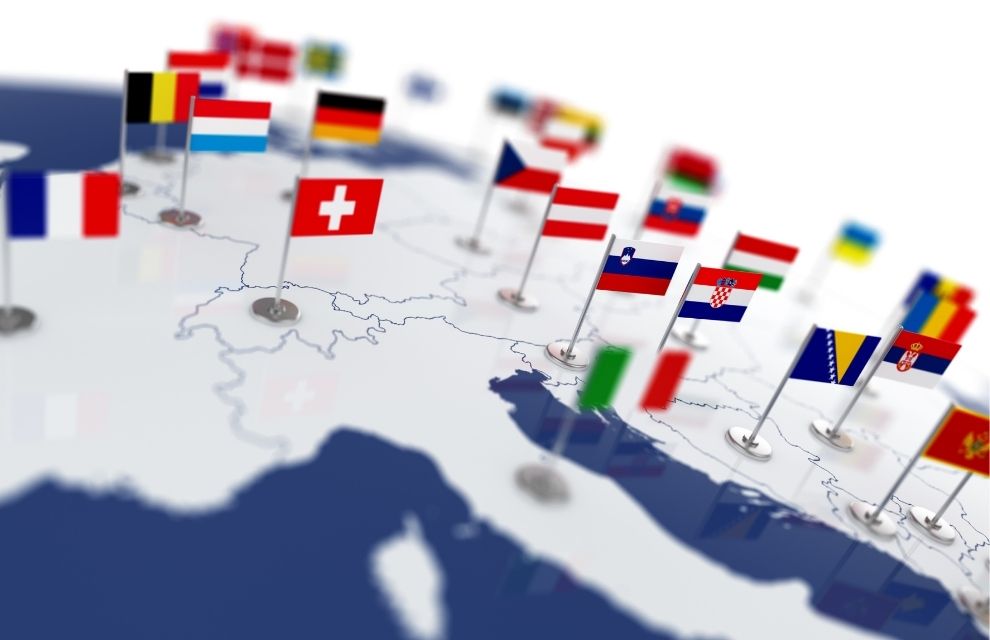The hardening insurance market has caused some companies to write more risk into their captives to compensate for rate increases, as discussed at the FERMA Talks session, ‘Risk managers’ views on the insurance market’.
In the session, Carlo Cosimi, head of corporate insurance and risk financing at Saipem and president of ANRA, explains that following extensive internal communications, Saipem increased the support of its captive reinsurance group, Sigurd Rück, at the last renewal.
Reassessment of company strategy at renewals was affirmed by Mario Ramirez Ortuzar, risk and assets manager at Exolum and vice president of AGERS, who says the continuous increase in premiums has created a “very tough” market environment that has forced companies to alter their strategy.
Ramirez Ortuzar adds that in preparation for the next renewals, Exolum is analysing its risk appetite and internal capacity to self-retain a portion of risk.
“We are figuring out that we need to self-retain a significant amount of capital to really achieve reductions from the market, and to send the market a message that we are sharing the risk with them”, he says.
He highlights that this also provides access to the alternative risk transfer market, including captives and other self-retention insurance products.
The current market environment
Ramirez Ortuzar identifies the “principal worry” in the industry to be the inability of small- and mid-sized companies to pay higher premiums, and therefore do not purchase insurance for certain risks if they do not have the capital or tools to do so.
It is difficult to find any key positive developments in the current market environment, according to Cosimi, as the COVID-19 pandemic exacerbated the transition from a soft to hard market, which removed risk managers from their ‘comfort zone’ of the last 15 years.
He adds that, in response, risk managers must recover their visibility and position within a company by demonstrating their ability to manage risk in such market conditions.
Conversely, Ramirez Ortuzar views the current landscape as an opportunity for risk managers to reinforce their relations with the insurance market, and distinguish themselves from their competitors. In addition, it requires a combination of private insurers and public regulators to look for a solution for this type of crisis.
In terms of the sustainable agenda, Cosimi notes that although Saipem has invested a significant amount into sustainability projects and initiatives, this is not translated into a tangible recognition as a committed sustainable company.
Ramirez Ortuzar adds that from the perspective of a risk manager, there does not appear to be any benefits (for example, a reduction of premium) for having a sustainable business model.
Both note that the oil and gas industry is currently undergoing a huge transition of its business model to explore renewable energies and windfarm technologies while maintaining a presence in the traditional energy sector, which requires support from banks and insurers.
If the market solution is to only underwrite green business, energy companies will not be able to invest money for that transition, Ramirez Ortuzar warns.
Looking ahead
Cosimi says he is optimistic about the future sharing of data between the insurer and the insured, and the new attitude of brokers towards this. He highlights the importance of national insurance supervisors in encouraging brokers and insurers to share their data, and collect and release data to risk managers.
However, although FERMA has had a notable role in advocating for brokers to share knowledge with risk managers, Ramirez Ortuzar is not confident that brokers will be willing to do so with their competitors.
Moving forward, he believes that education in risk management is now completely different as FERMA and other risk associations continue to invest time and resources in a new educational model to promote the appropriate message about the current state of the industry to the next generation of risk professionals.
Cosimi adds that this changing profile of risk managers provides an opportunity for more training and education to increase professionalism at a higher level — this bodes well for the future of the industry, he says.
He concludes the FERMA Talks session by stating that the insurance market must evolve to offer more tailor-made solutions based on either traditional or alternative risk transfer. For new risks, such as supply chain risks, he notes that some issuers support finding a solution to contain and support volatility that essentially mirrors financial derivative products, but offered as an insurance solution.




 Captive Consultation Banner Ads 800x1200 MM.jpg)

